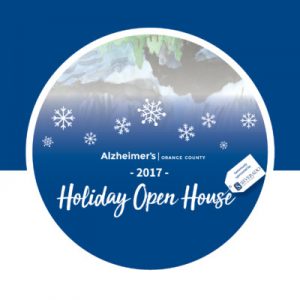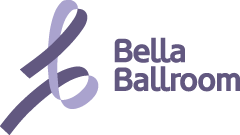Alzheimer’s Awareness Month: Dancing and Dementia – Orange County
From Daylights Savings to Thanksgiving, and Veterans Day to Black Friday then Cyber Monday; November brings with it no shortage of mile-markers and holidays to celebrate. However, November is also declared National Alzheimer’s Awareness month in the United States. In honor of National Alzheimer’s Awareness month, we wanted to shed light on some local Orange County organizations, which do so much to help affected locals and their families. Whether it be providing information and education on the topic or contributing to research, every helping hand in the fight against Alzheimer’s is useful. We also wanted to discuss the positive role that dance is playing in the treatment, research, and prevention of dementia
 Organizations such as the Alzheimer’s Association strive to provide information and support to families affected by Alzheimer’s disease as well as fund research. More locally, Alzheimer’s Orange County and the Alzheimer’s Family Center in Huntington Beach provide programming to benefit those affected by Alzheimer’s disease. In addition to hosting free ongoing informational classes, Alzheimer’s Orange County hosts monthly special events and fundraisers. They recently hosted their “Walk4ALZ” series of marathons throughout October and early November. On December 14th this year they will be hosting their “2017 Holiday Open House” where they will be selling the 2018 Memories in the Making art collection as well as other holiday gifts. The Alzheimer’s Family Center classifies itself as a day care center which provides education programming and care services for those with Alzheimer’s disease and their caregivers. Additionally, they provide volunteer opportunities to the greater community to get involved with their programs and make a difference!
Organizations such as the Alzheimer’s Association strive to provide information and support to families affected by Alzheimer’s disease as well as fund research. More locally, Alzheimer’s Orange County and the Alzheimer’s Family Center in Huntington Beach provide programming to benefit those affected by Alzheimer’s disease. In addition to hosting free ongoing informational classes, Alzheimer’s Orange County hosts monthly special events and fundraisers. They recently hosted their “Walk4ALZ” series of marathons throughout October and early November. On December 14th this year they will be hosting their “2017 Holiday Open House” where they will be selling the 2018 Memories in the Making art collection as well as other holiday gifts. The Alzheimer’s Family Center classifies itself as a day care center which provides education programming and care services for those with Alzheimer’s disease and their caregivers. Additionally, they provide volunteer opportunities to the greater community to get involved with their programs and make a difference!
It may come as a surprise, but even dance has had its place in the research, treatment, and prevention of dementia and the results have been rewarding. Studies have shown that dancing has a heap of benefits for the brain, one of which being that it supports the creation and strengthening of neural pathways which increases neuroplasticity and, in a nutshell, helps to prevent types of dementia. One study followed groups of participants who took regulated dance classes, and took part in other activities such as reading, bicycling, swimming, doing crossword puzzles, and playing golf. The results reported that dancing was the only physical activity that helped to prevent the development of dementia. Furthermore, the study concluded that, of all the activities studied, dance had the highest prevention rates.
In this case, not all dancing will do the trick. It is believed that the reason for the positive effects dancing has on the brain is relevant to the quick decision-making that is necessary when freestyle dancing or performing “lead and follow” dancing, such as in ballroom and Latin styles. Due to these discoveries, dance organizations such as TAP movement and Rhythm Break Cares (RBC) have been created and are geared specifically towards participants with Alzheimer’s disease. The Alzheimer’s Project (TAP) provides ballroom dance classes to individuals affected by Alzheimer’s disease. Their program consists of classes for three different levels of cognitive awareness and the stage of disease. Furthermore, TAP has modified their curriculum to be accessible to those in wheelchairs and participants using walkers and canes. RBC is a New York based program that also utilizes ballroom and social dancing to enrich the lives of those affected by dementia and Alzheimer’s disease. They hold weekly classes, as well as socials to bring together their community and spread awareness.
This knowledge of the amazing positive effects that dance has on the brain, specifically in regards to memory and dementia, has allowed dance researchers and professionals to utilize dance therapy and begin these organizations to benefit those within the dementia community. As the field of dance research grows, and we accumulate more knowledge on the human brain and dementia, we are eager to see if there will be further increase of the use of dance as therapy. For now, what better way to celebrate National Alzheimer’s Awareness month than to get out there and dance!
Article by Jade

